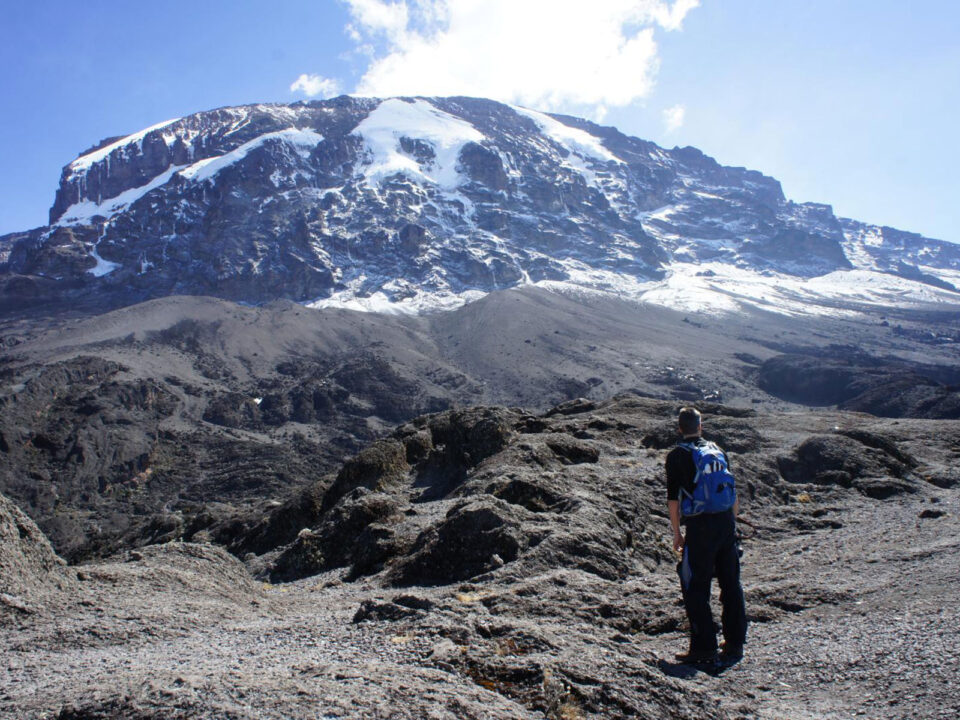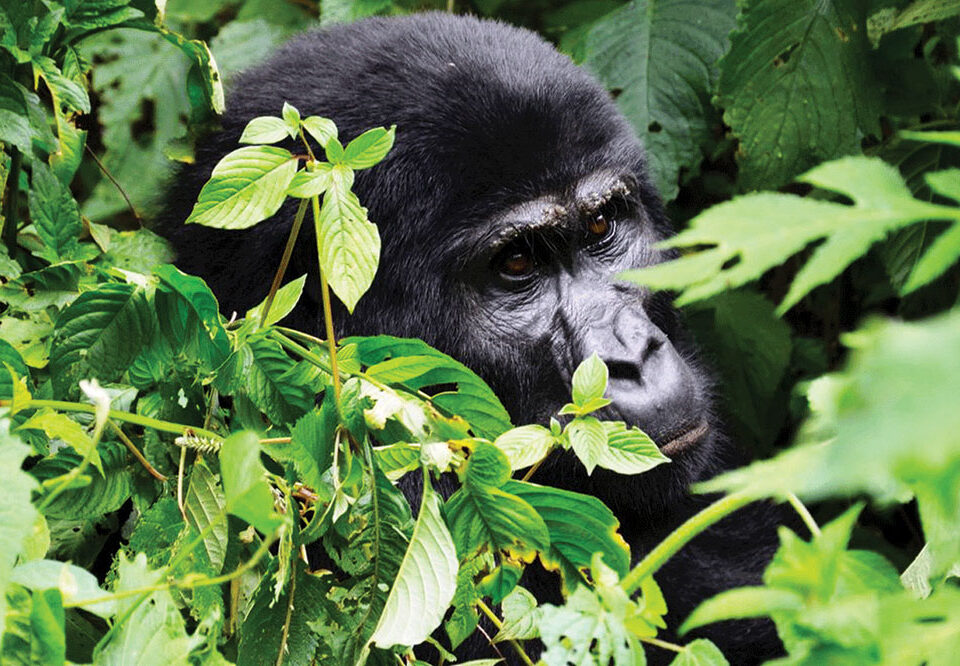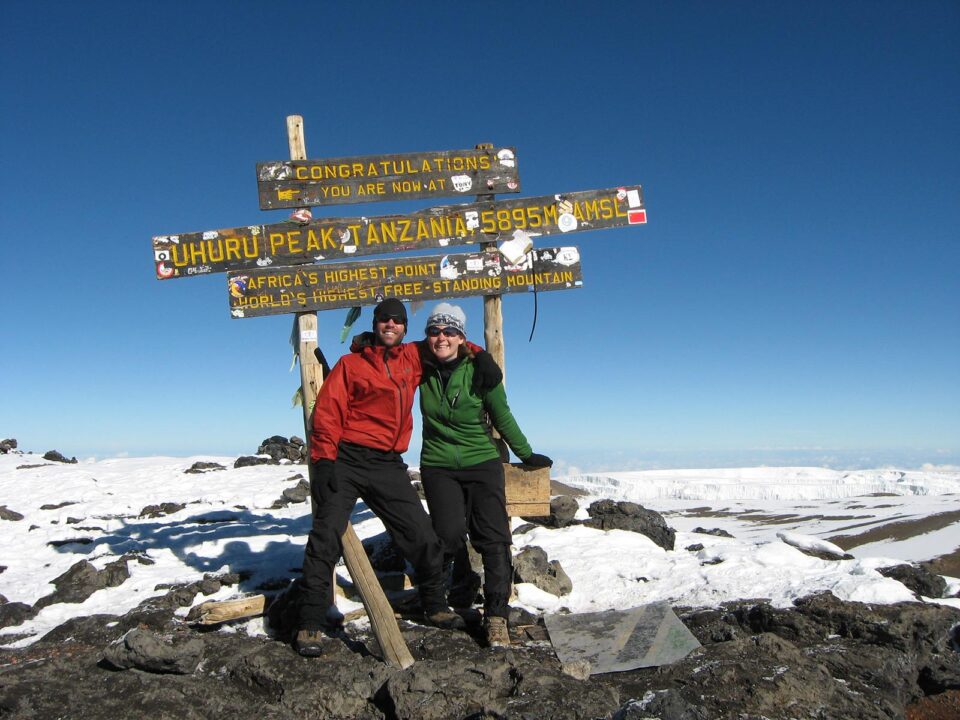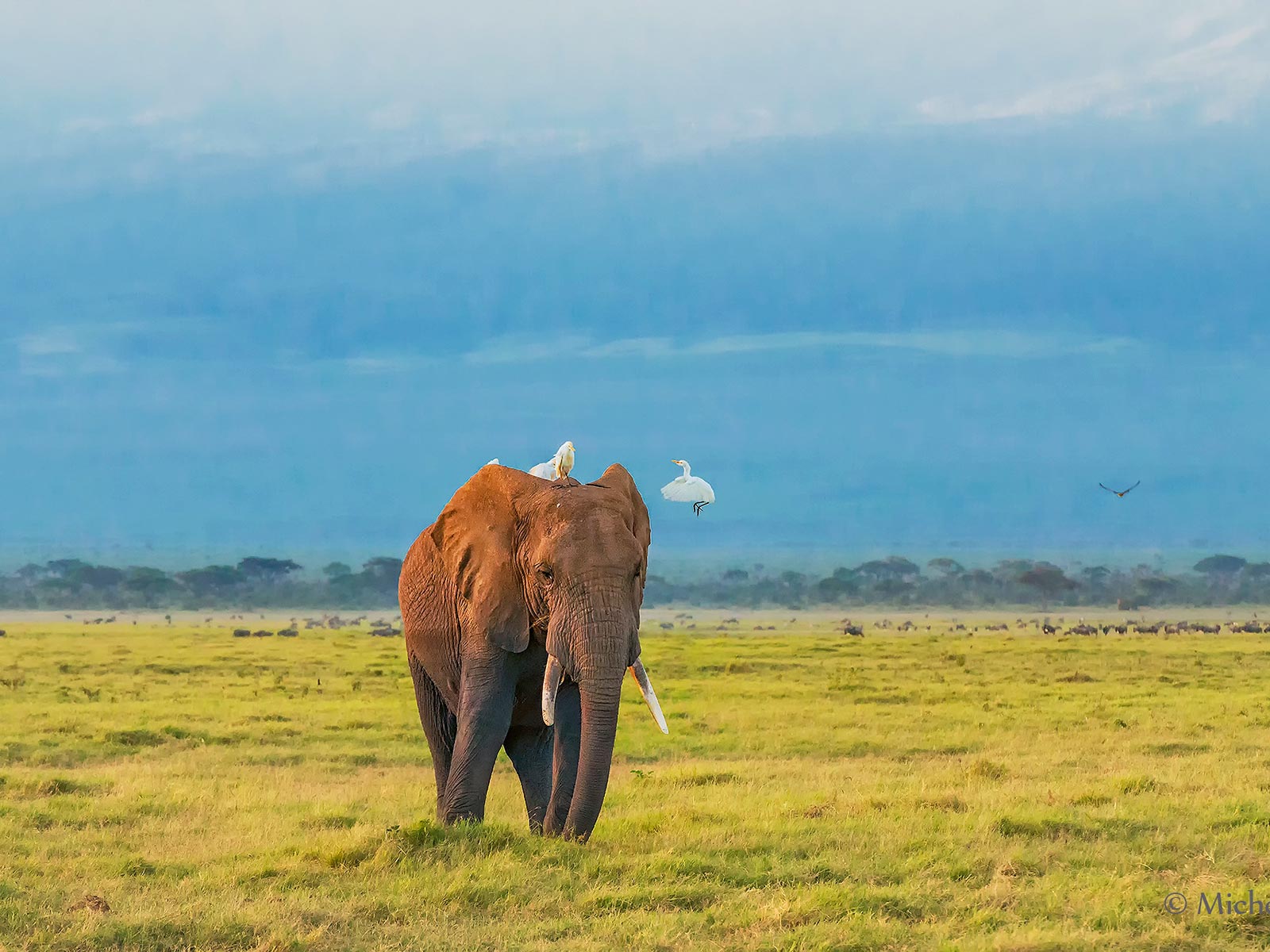
Best Time to visit Amboseli National Park
January 12, 2024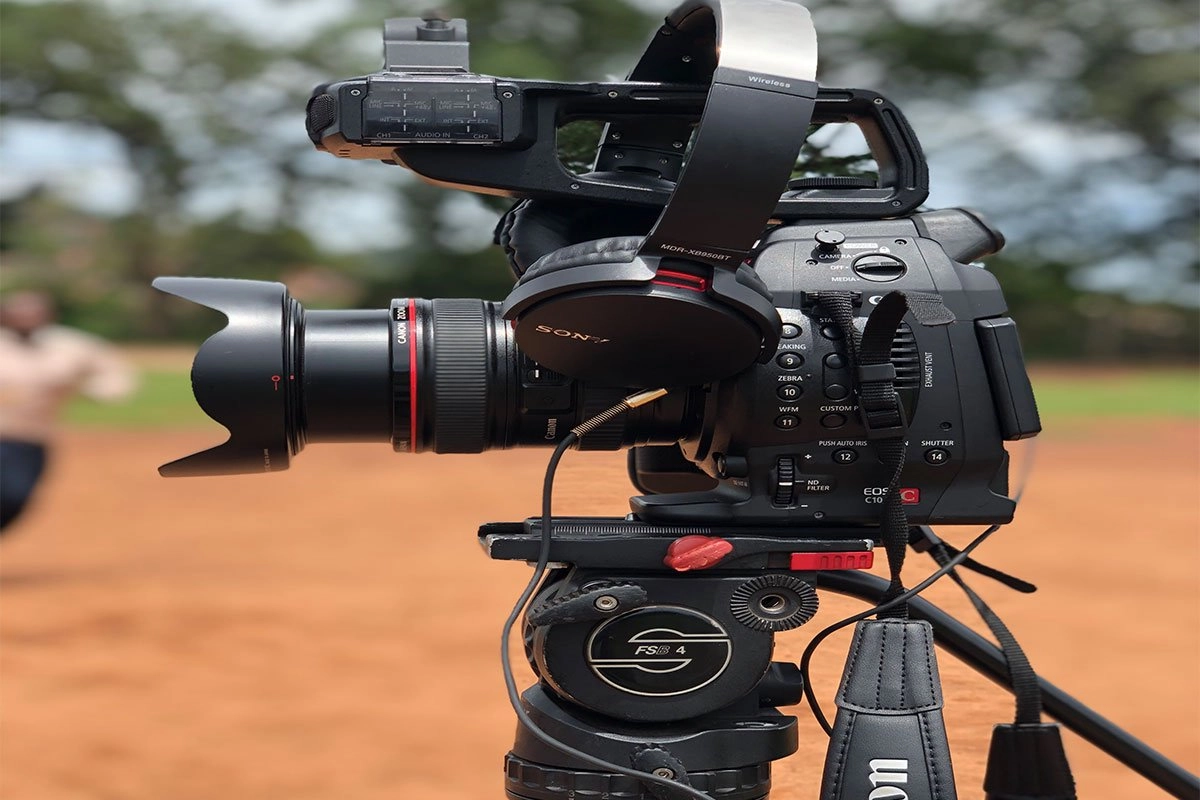
How to Apply for Press Accreditation in Uganda?
January 12, 2024Best time to Climb Kilimanjaro – Enhancing Your Trek with Full Moon Illumination
Determining the best time to climb Kilimanjaro involves a nuanced consideration of weather conditions, safety, and the allure of a full moon trekking experience. Situated near the Equator line, Kilimanjaro avoids the extremes of winter and summer, making the warmest and driest months the preferred trekking window. Beyond the quest for favorable weather, safety becomes a paramount concern, as challenging conditions like rain, mud, snow, ice, and cold pose risks that intensify in foul weather.
While Kilimanjaro welcomes climbers year-round, targeting periods with lower precipitation probability is recommended. The prime climbing seasons align with the dry stretches, spanning early December to early March and late June to late October. These months not only promise more favorable weather but also witness heightened trekker activity.
Groups are strategically scheduled during the dry season, particularly from January to mid-March, characterized by warmth and clear skies in the mornings and evenings, occasionally punctuated by brief showers. The long rainy season, spanning late March to early June, is advised against for inexperienced trekkers due to wet conditions, low visibility from heavy clouds, and reduced foot traffic.
From mid-June to late October, Kilimanjaro experiences generally colder yet drier conditions, presenting another opportune window for climbing. The short rainy season, spanning early November to early December, brings afternoon rains but retains clear mornings and evenings.
It’s crucial to note that rainfall patterns, influenced by climate change, can deviate from the norm, making the dry season less predictable. Climbers might encounter dry conditions during the rainy season or heavy rain during the dry season.
Urgency Amidst Glacial Retreat
Mount Kilimanjaro’s distinctiveness lies in its Equator line proximity juxtaposed with its ice-crowned summit. Hosting glaciers for over 11,000 years, Kilimanjaro’s ice cap faces rapid depletion due to global warming. Once extending over 300 feet in depth and 6,500 feet from the mountain’s top, the glaciers now confront an alarming rate of vaporization. Scientists estimate their complete disappearance by 2050. Urgency prevails for aspiring climbers to witness this vanishing spectacle, emphasizing the imperative of seizing the opportunity sooner rather than later.
Additional Considerations for Your Kilimanjaro Ascent
Beyond weather and timing, certain factors shape your Kilimanjaro trek, demanding careful consideration:
Selecting the Optimal Kilimanjaro Route
- Machame Route: Known for its stunning scenery, the Machame Route offers a shorter yet more challenging trek.
- Lemosho Route: This longer and more gradual option, less frequented but equally scenic, is recommended for those seeking a captivating experience, especially with limited trekking background.
- Rongai Route: Approaching the summit from the north, the remote Rongai Route provides options for faster or gradual ascents, often featuring sightings of wildlife. Consult directly for inquiries about this route.
Embarking on the Kilimanjaro challenge involves meticulous planning, considering diverse elements to ensure a safe, rewarding, and awe-inspiring ascent.


